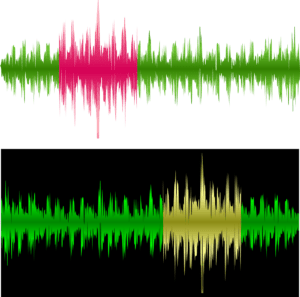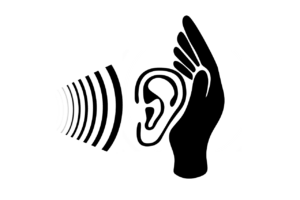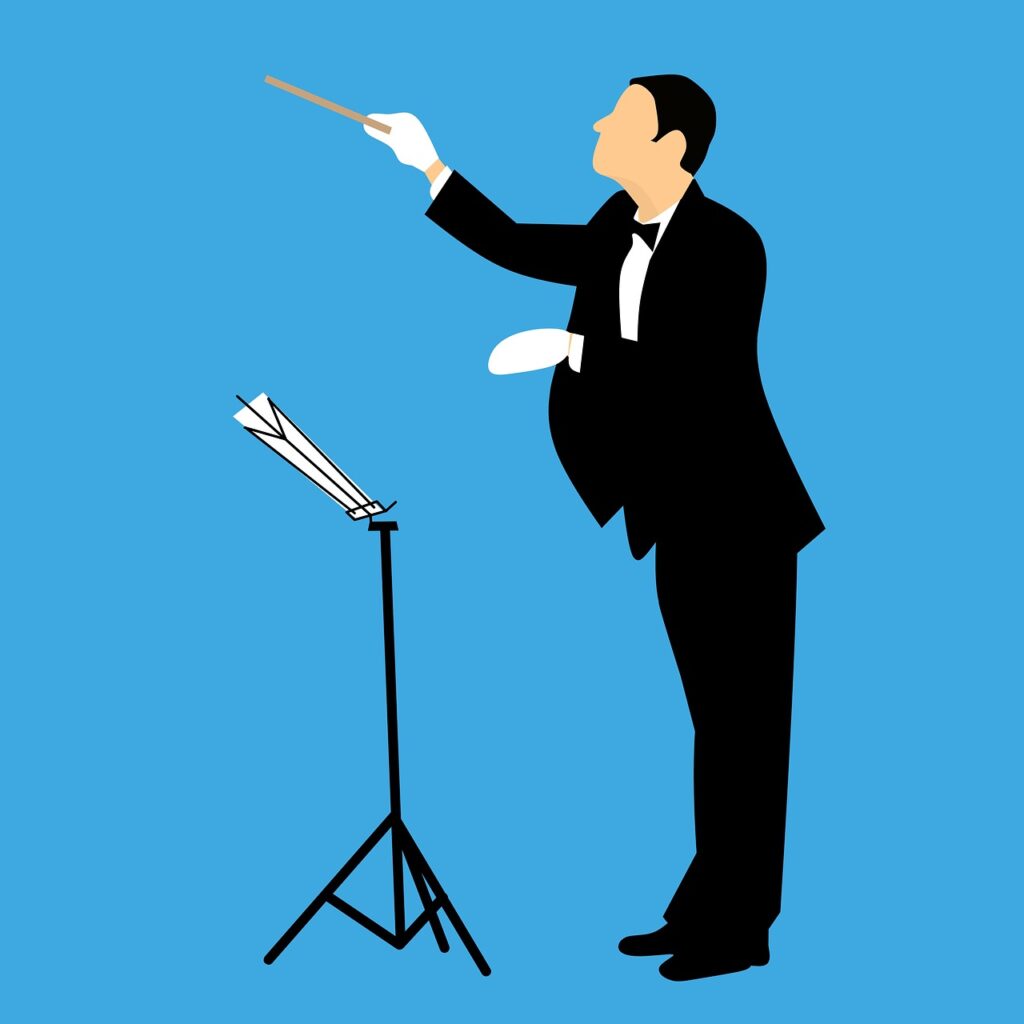
Is the cello hard to learn?
This is a question I get asked often by adult friends and it’s a question without a simple answer. The most direct answer would be yes, the cello is hard to learn… but I’d like to take a moment to explore the roadblocks some students experience when learning the cello as an adult.
The answer has to do with how you define difficulty and what you expect to accomplish once you have arrived at the state of “learned.” So, simply asking if it’s hard to learn the cello may be too vague of a question.
If you are like a lot of people, at some point in your life you may have learned some chords on the guitar and then immediately felt like a total rockstar.
Maybe learning to play the cello will be that simple? Well, if it were that easy, cello players would far out number guitarists. 
A lot of people want to learn how to play the cello as an adult but they can’t mentally process the idea of actually learning the instrument to a competent level. Learning the cello seems so hard and so overwhelming.
I’ll try to break apart this big question in a way which is useful.
Is it realistic to try to learn the cello as an adult?
It sure is! But let me ask you this…What was the last big thing you learned?
Maybe you learned how to cook, or perhaps you learned a new software program or maybe you changed careers. Think back on how it felt before you started learning this skill. What may have seemed impossible at first ended up being achievable.
As the saying goes, “We don’t know what we don’t know” and because of that, we have a hard time believing that we ARE capable of learning something complex and new, simply because we lack a basic understanding of the subject.
When we ask if learning the cello is hard are we talking about the physical or emotional demands? Does it feel impossible to envision becoming a cellist? Are you unsure of how and where to start?
All those questions are valid and completely normal when thinking about learning this awesome instrument.
With that said, there are really four elements which make the cello hard to learn as an adult.
These are the hurdles which tend to put a roadblock between the student and the act of learning how to play the cello.
1) The Instrument

One of the biggest problems to solve is the instrument itself. Just think back on how many times you purchased a particular item you needed, but you let price be the sole determining factor which controlled your decision-making.
You chose the one which was cheaper vs the more expensive (and likely higher-quality) version. And it wasn’t long before you regretted that decision and ended up spending even MORE money to get the one which was probably the best choice from the beginning.
Well, same is true for the cello, and maybe even MORE so!
A good cello will be a game changer.
I’m not talking about spending thousands of dollars either. In fact, renting a good instrument won’t break the bank (it’s going to average around $50-$70/mo – which often includes a rent-to-own option) and you will be able to play better faster because the instrument is responding the way it should.
(Btw – I am a fan of Shar Music, https://www.sharmusic.com and have been ordering from them for decades. Might check out their rental program to see if it works for you.)
Playing the cello requires a whole lot of finger dexterity. And as we get older, our fingers don’t always move with the ease which they once did. They may not bend or stretch as easily as they once did. They may actually bend in a direction altogether different from how they once did!
This is why the right SIZE instrument is crucial.
Too many cellists (women, folks with smaller hands, people learning cello at a later age…) play on an instrument which is simply TOO big. Always err on the smaller size. No need to make learning the cello harder than it already is.
So, spend a little extra $ on a (correctly sized) cello. You won’t regret it.
2) The Physics

Much of what is required to get a good sound on the cello is just basic physics. If you take the time to learn what is happening in terms of resonance, friction, tone, overtones, vibrations, etc., getting a good sound on the cello will be much less of a mystery.
If you are taking one-on-one lessons, MOST of your time playing the cello will be AWAY from your teacher. This means you need to learn how to be your own best critic. You will need to solve tone problems in the practice room.
And understanding the physics behind this resonating instrument will help you learn easier and more thoroughly.
3) Training Your Ear 
Training your ear happens in three parts;
- Pitch
- Rhythm and
- Combining Pitch & Rhythm – Simultaneously.
Pitch:
The cello does not have a fingerboard (unlike the guitar) so learning the exact location of notes on the fingerboard takes some time and some patience. You will likely learn with guide tapes to begin with (fake frets, that is…) so you can gain some muscle memory and start training your ear to discern when a note is in-tune or and when it is out-of-tune.
This will require critical listening skills, a good tuner and a whole lot of self-discipline. It is a hurdle for some adults, but I fully believe everyone is capable of training their ear to discern good intonation and to achieve success learning to play the cello in tune.
Rhythm:
Clapping along to a favorite tune comes naturally to most of us, as we are wired to feel steady rhythm. In music, we learn how to take that pulse in music and fit notes into the exact location within that pulse – within time.
We learn symbols which tell us how long to play a note or how long to wait between notes.
It can be overwhelming at first to someone with no experience reading music, but the mind can be trained to dissect the symbols, and the ear can be trained to stay true to the rhythm notated on the page.
Pitch + Rhythm:
Now add the ear training/fingerboard thing to the rhythm element and do it at the same time.
It’s a challenge, for sure. In fact, it’s tough for even the most seasoned musicians. But as I tell all my students…you learn by doing. There’s no easy way around this one. No quick osmosis.
Some adult beginners simply give up on learning to play the cello because they don’t believe they can learn the coordination and ear training necessary to be successful. Don’t let this happen to you.
You CAN learn to train your ear and become a cellist later in life.
4) Patience Learning the Cello
As with anything you want to learn, a solution to achieve success with the cello is to:
- Get quality instruction.
- Find your inner patience (and motivation).
- Avoid rushing.
This is especially true when learning to play the cello. A private teacher can work with you one-on-one and help you on the path to sequential learning by creating good habits and helping you identify mistakes. (And a great online program can work beautifully if the instruction is high-quality, sequential and interesting). But the REAL work happens because of you. YOU make it happen.
I fully believe patience is a learned trait. We have to work at it – especially when learning the cello as an adult.
Our natural inclination is to give up when things get hard. That’s what the majority of people do, unfortunately. New Year’s resolutions don’t usually make it past February 1st. But for those who truly power through and find the real grit inside, the ever elusive success finally happens. You have to want it to make it happen.
To find true patience, you have to start by being kind to yourself.
You’ll make LOTS of mistakes while learning to play the cello. You’ll finally record yourself playing your favorite piece, and when you listen back you might feel dejected. Is that really you? “I sound terrible.” That moment is when you need to dig deep and find the confidence, motivation and patience to stay with it. Find a way to be kind to yourself and power on…

The good news is that if you are ready to learn how to play the cello, you are in the right place. Cello Discovery is the only online cello course for adults with step-by-step sequential instruction, interactive music scores and a community of support. It’s the whole package. And the best part is that it’s affordable. REALLY affordable!
Check out the link below and get started learning the cello!
I wrote another, personal blog on this subject. See the article here:
Also, Ethan Winer is a cellist who learned the instrument as an adult. He has a very unique webpage filled with all sorts of fun cello info.



